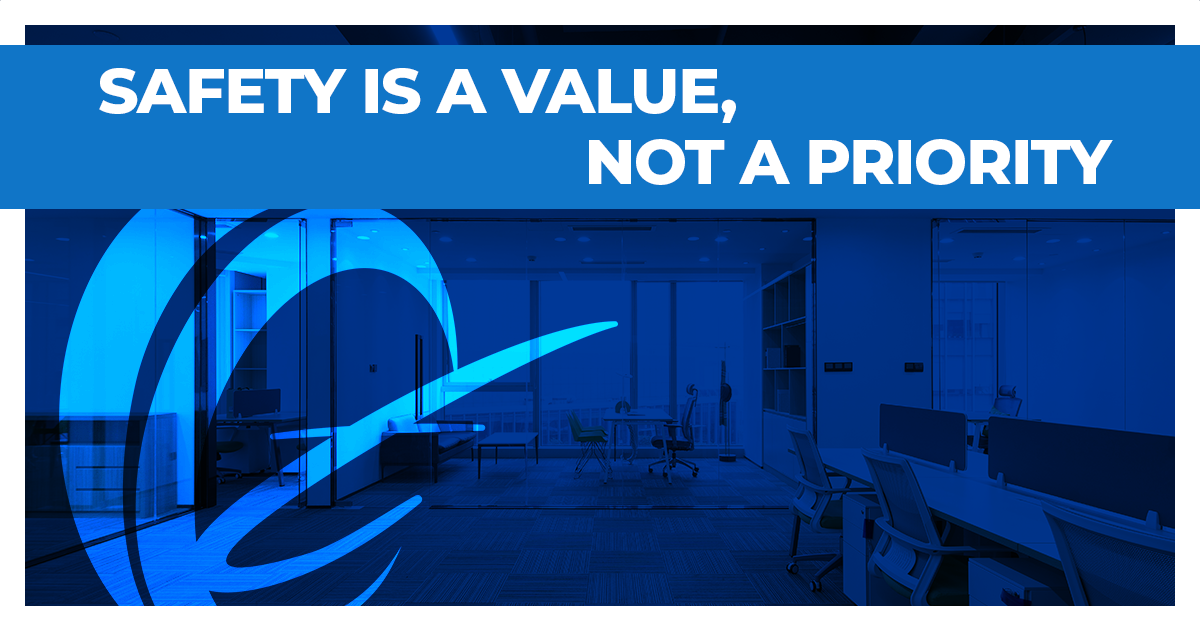Nobody knows your business’ energy using activities and processes better than your employees. Therefore establishing an energy saving culture is critical to support other waste saving initiatives such as an energy saving plan. By establishing an energy saving culture, you can create an environment for bright ideas, increased efficiency and reduced operating costs. Such was the focus of a report released early this month by the American Council for an Energy-Efficient Economy (ACEEE). Programs aimed at reducing building energy use through change in employees’ attitudes and behaviors, such as those instituted at the House of Representatives and the Empire State Building, can help build an energy-efficient office culture.
 The report looked at multiple behavior case studies across the U.S. and Canada, including the “Tenant Energy Management Program” in the Empire State Building; “Conservation Action!” at BC Hydro, Canada; an energy behavior campaign undertaken at a provincial governmental building in Canada; and the “TLC-Care to Conserve” program at the University Health Network of the University of Toronto.
The report looked at multiple behavior case studies across the U.S. and Canada, including the “Tenant Energy Management Program” in the Empire State Building; “Conservation Action!” at BC Hydro, Canada; an energy behavior campaign undertaken at a provincial governmental building in Canada; and the “TLC-Care to Conserve” program at the University Health Network of the University of Toronto.
Four common intervention approaches were shared by the five energy behavior programs:
- Setting the tone with the support of upper management and its public pledge;
- Building a team with a project committee and peer champions on board;
- Utilizing communication tools such as e-mails, prompts, Web sites, public meetings, and posters to reach target audiences; and
- Engaging building occupants by means of feedback, benign peer pressure, and competition, as well as through performance-linked rewards.
The report suggests that the key benefits of energy behavior programs extend beyond the workplaces that undertake these programs. Often a change in participants’ thinking and behaviors follows, and after participation in the program they may become more active in their own energy-saving practices.
Things to Consider for Developing an Energy Savings Culture
- Communication: A critical element of motivating staff to contribute to an energy saving culture. Communicate your energy saving vision, actions to be undertaken, roles, and above all else, the results that are achieved through a focus on reducing energy use.
- Time and Effort: Building an energy saving culture will take time and effort. Be realistic about the time required to change attitudes and behaviors, and pursue gradual rather than radical change.
- Current Culture: Understand your current culture by conducting observations of meetings, work areas and social areas.
- Appoint a champion: An employee who is passionate and respected – to lead the culture change process.
- Metrics: Develop a detailed action plan that includes actions, targets, responsibility and timeframes.
- Accountability: Assign roles and accountability to appropriate staff.
- Motivations: Motivate staff to put energy saving actions into place by demonstrating the value of the actions and the impact that they can have.
- Monitoring and Reporting: Publish reports on the implementation on action and achievements against goals and targets.

 OCCU-TEC, Inc.
OCCU-TEC, Inc.
